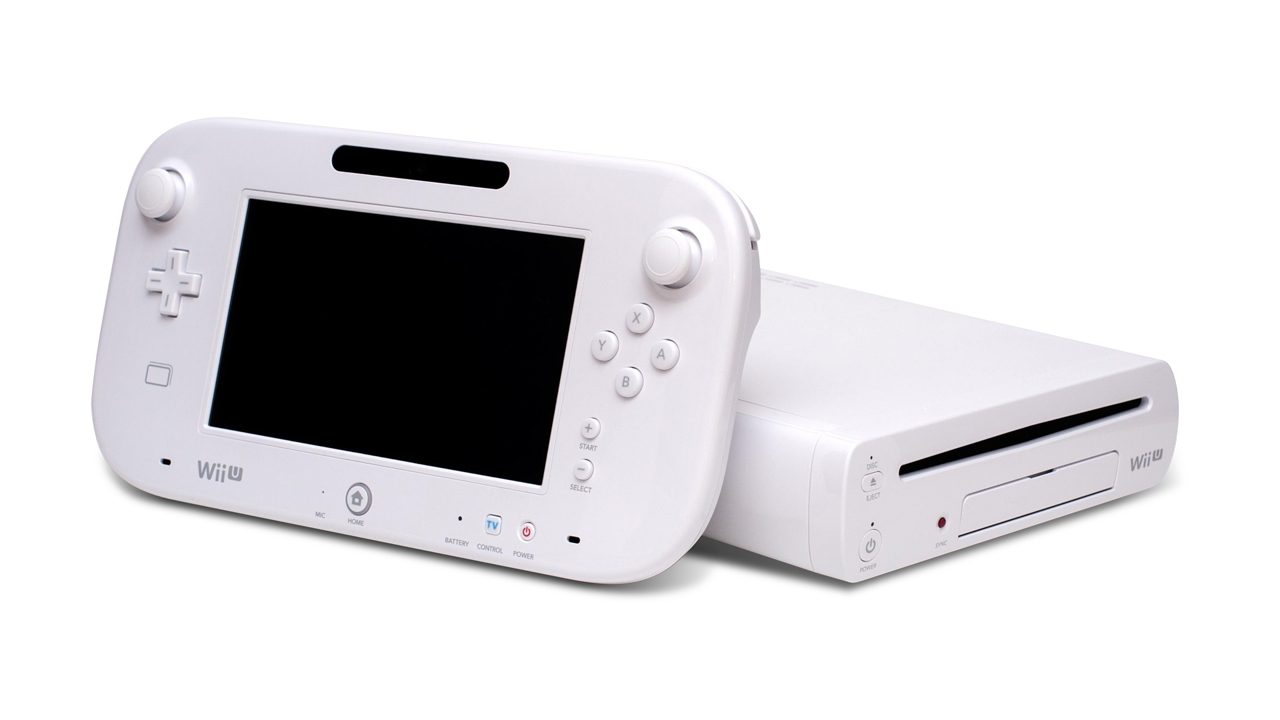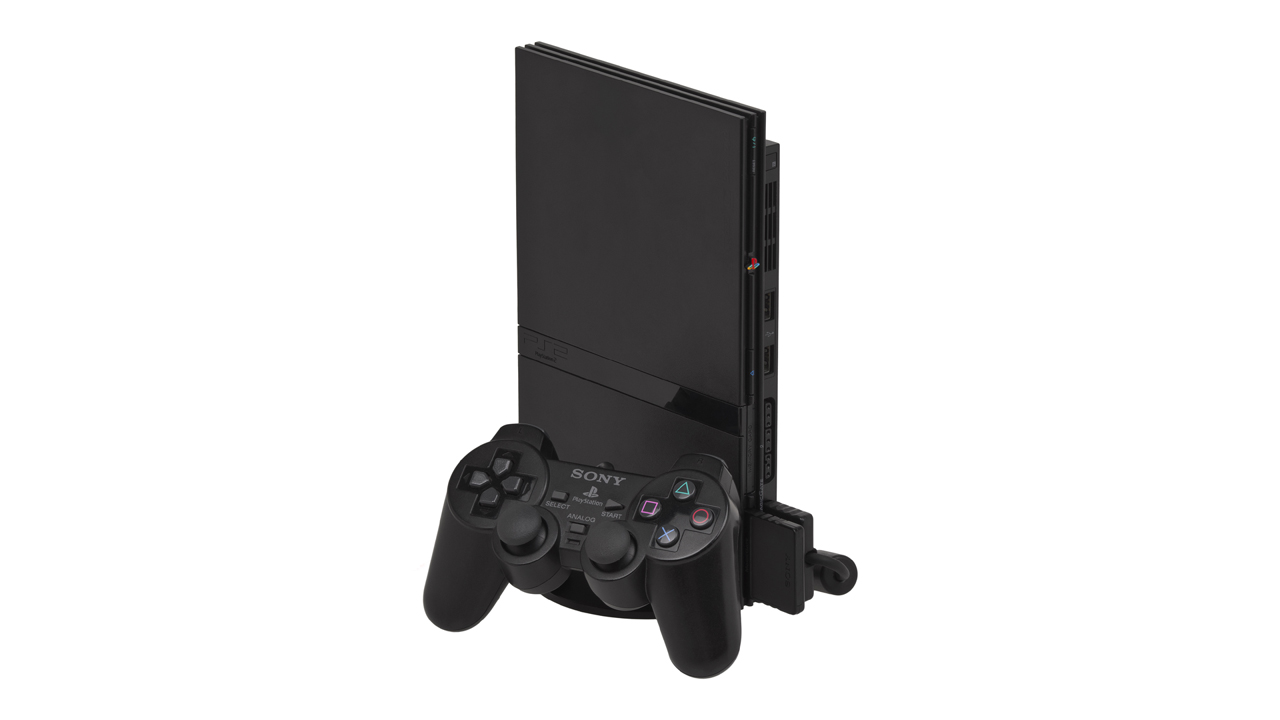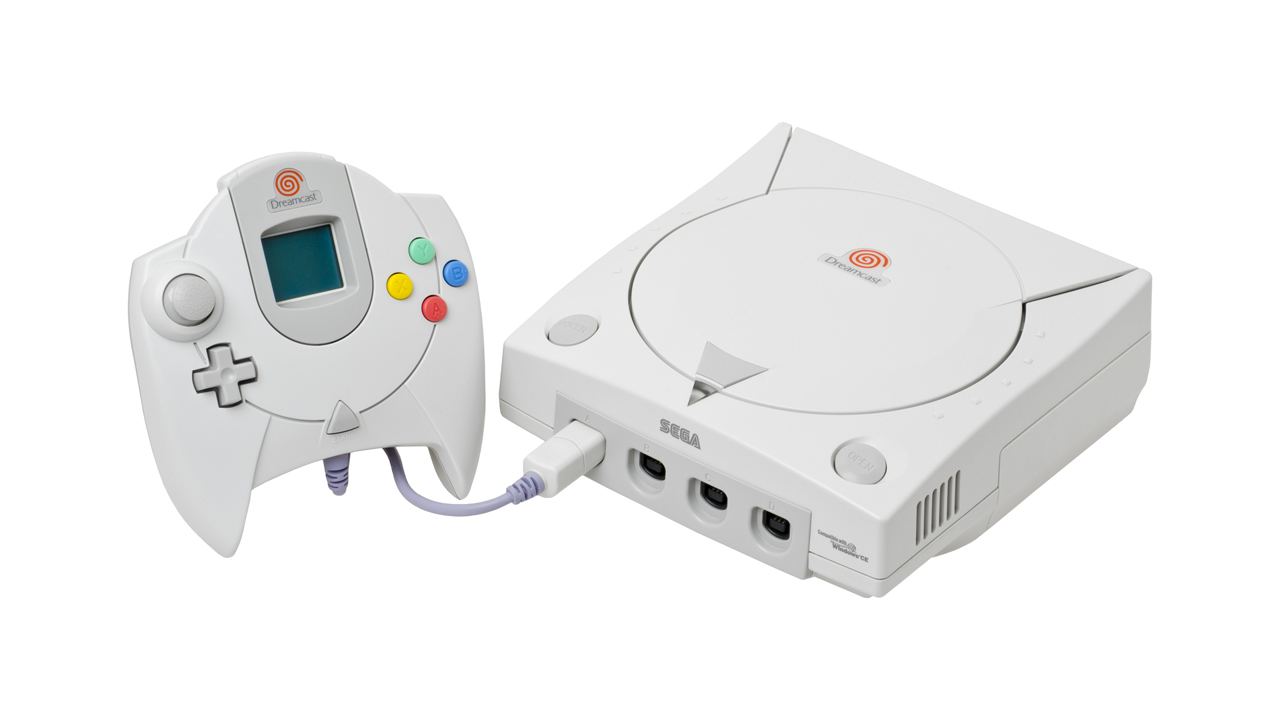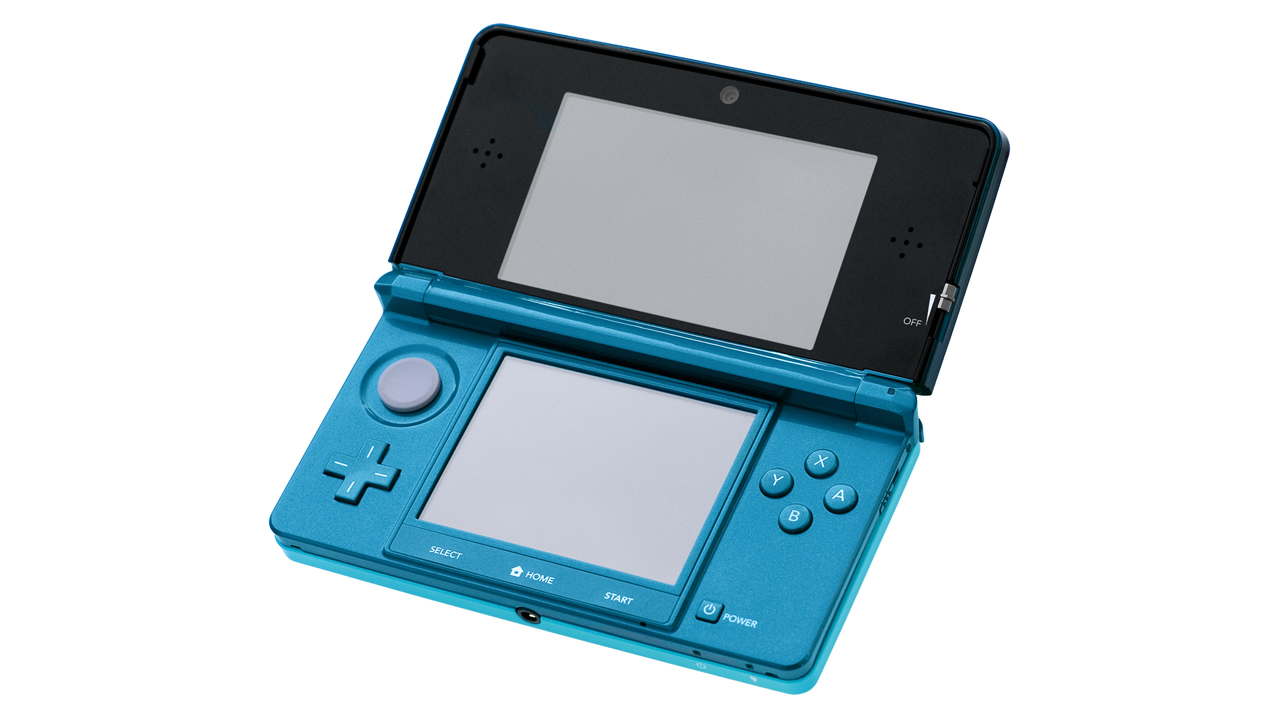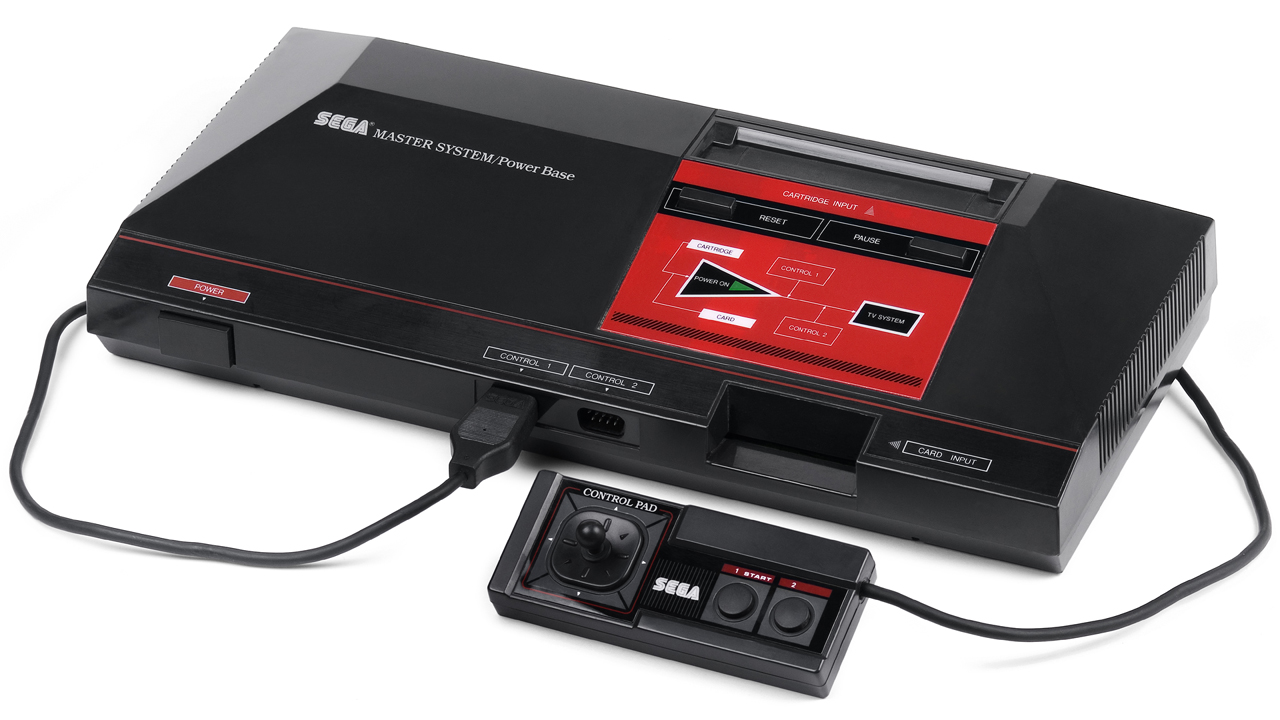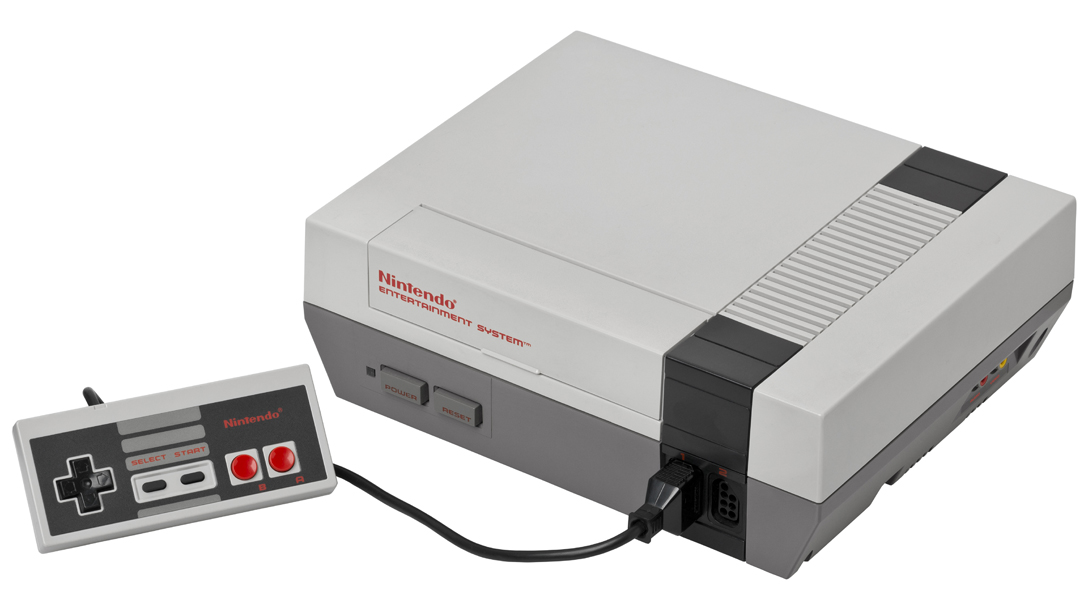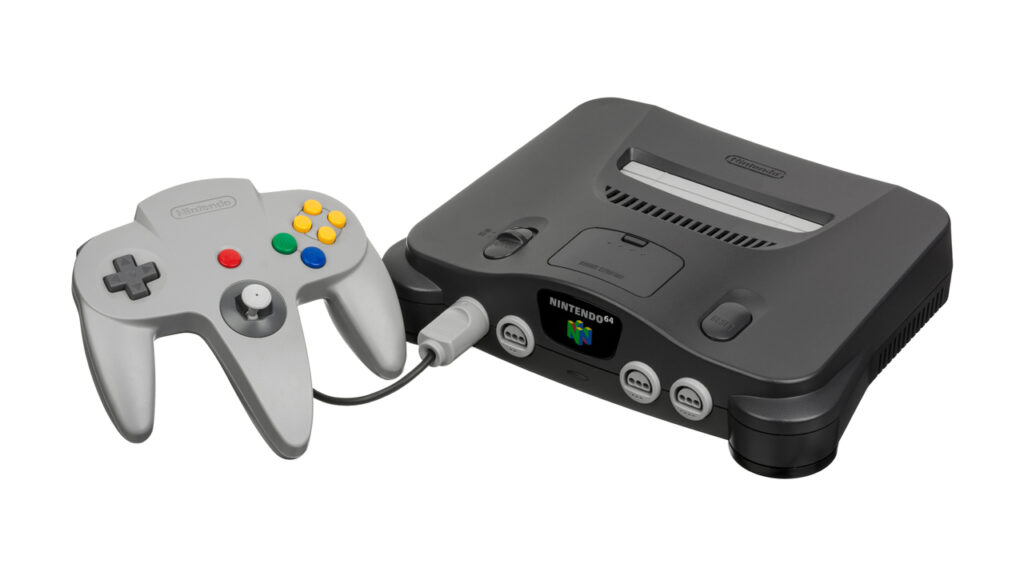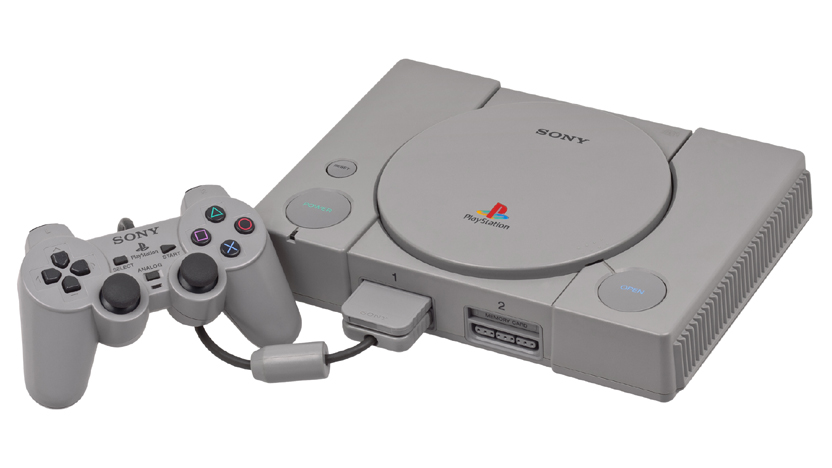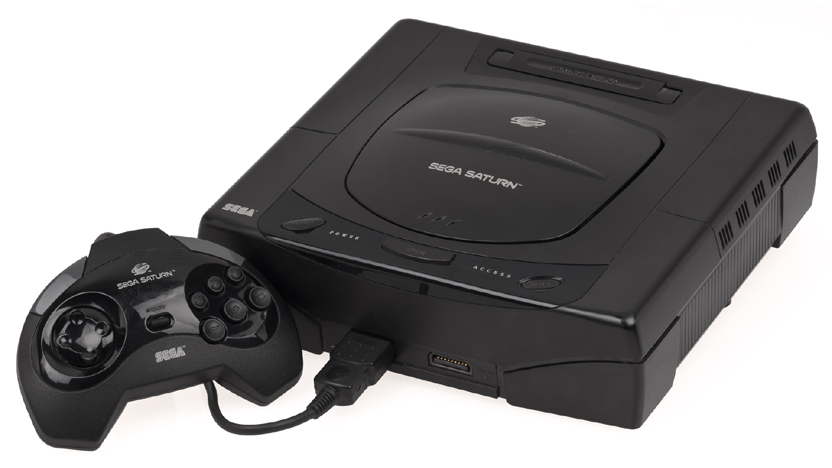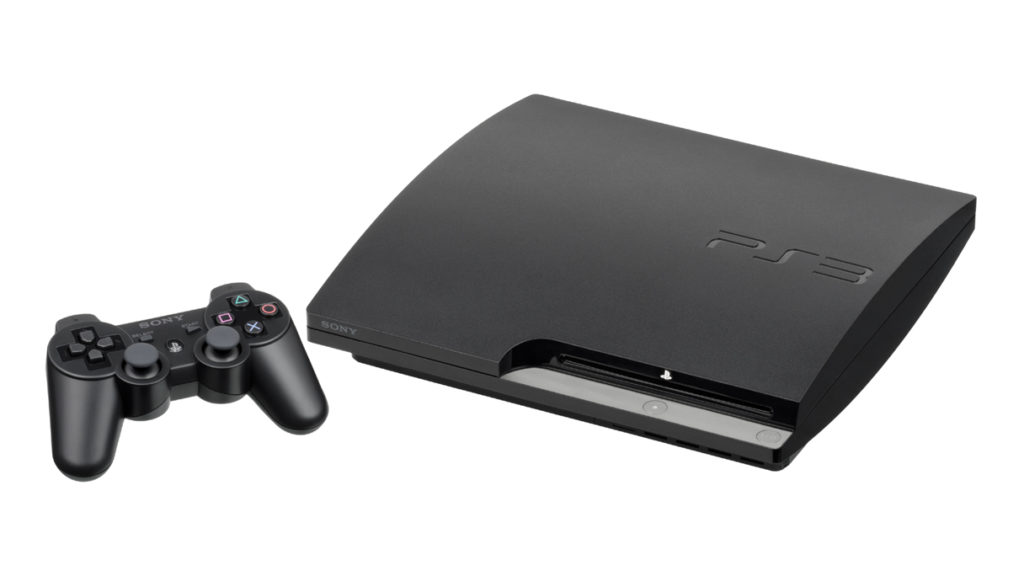Despite the massive success of the Wii, Nintendo had a problem on their hands just a few short years after its release. While the system exploded in popularity shortly after its launch, it was failing to maintain that same level of interest over time. The motion-based controls that Nintendo (and their competitors) had gone all in on over the subsequent console cycle had clearly been a passing fad. Changes to the design of their next home gaming system would be necessary if Nintendo desired to stay relevant.
For inspiration, Nintendo decided to look no further than their very own successful line of DS handheld game systems. They came up with the idea for a tablet controller that would serve as a second screen, offering developers and players a choice of how they wanted to control their gameplay, be it with standard buttons and sticks, a touchscreen, or motion controls (for those that still wanted them). As an added bonus, this would also let players choose (in most cases) to either view the gameplay on a regular television screen, or the tablet controller itself, offering a unique level of versatility and flexibility for gaming enthusiasts who had to share the TV with other members of their household. The new console would ultimately also boast better graphics, HDMI output (which the Wii had notably lacked), and full backward compatibility with the Wii.
Dubbed the Wii U, Nintendo's new console would make its debut on November 18, 2012. Sadly, despite looking like a pretty respectable machine on paper, the console ended up being a pretty big flop for Nintendo, not even managing to reach a quarter of the numbers that its predecessor had sold. While the astoundingly poor choice of name was a big part of the Wii U's problems, so too was its comparatively anemic library of titles. Though the Wii U did have a fairly reasonable selection to offer at first, support for the console waned after the first couple of years, to the point where major new titles for the system began to come pretty few and far between.
That isn't to say that the Wii U's library was bad, however. Far from it. By nearly any metric, a good portion of the Wii U's titles actually ended up being objectively better than those that had been released for the Wii. Not only was the Wii U not absolutely rife with the same massive pile of third-party (wrist) waggle-controlled garbage games that the Wii library became infamous for, but many of its Nintendo-published titles were higher quality as well. Most games on the Wii U tended to score better with critics, featured more precise controls, and were arguably just more fun. Please read on for a list of 12 of the best games that the Wii U had to offer.

